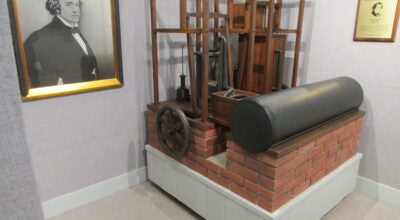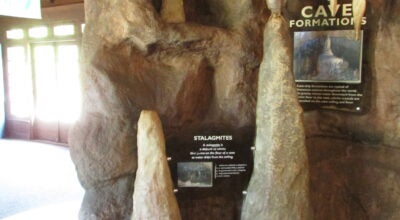Exploring the ancient wonders of China turned out to be a success
Published 5:30 pm Tuesday, April 26, 2016
Following up on last week’s article written while in China, I want to give a brief summary of the remainder of the trip. By the time our delegation left the city of Dalian, our work was largely done. The final couple of days in Beijing allowed us to relax a bit and visit some of the ancient wonders of China.
Beijing, known as Peking in my earlier years, is a city of over 22 Million people. The city’s history dates back over 3,000 years and it has been the central seat of government for most of the past eight centuries.
Beijing isn’t even the largest city in China with that distinction being held by the city of Shanghai. Our hotel was in the financial district of the city, a modern area distinguished by dozens of architecturally significant buildings built over the last 20 years.
The skyscrapers stretched as far as the eye could see, not unlike Peachtree Street in Atlanta or along Central Park in New York. The difference was that the buildings were visible in every direction. It was if we were in the center of a forest of tall buildings, with no end in sight.
There are over 6 Million cars in Beijing resulting in long commutes and long traffic jams. I can’t imagine how a teenager would learn to drive in this nerve racking traffic. On top of the cars and buses, there are millions of scooters and bicycles, weaving in and out of the traffic. Beepers, horns, and bells describe the sound of the traffic that somehow managed to keep moving though it appeared to be chaos.
We visited the Temple of Heaven, a UNESCO World Heritage Site. The Temple complex was constructed during the early 1400’s, long before Columbus discovered America.
In ancient China, the Emperor was regarded as the Son of Heaven. He was responsible for dealing with early matters for the Heavenly authority. Sacrifices made to Heaven were extremely important, showing respect to the source of the Emperor’s power.
Within the temple complex was the Hall of Prayer for Good Harvests. The Emperor made annual prayers to Heaven in this building. This magnificent building is a three gabled, circular structure building entirely of wood with no nails.
The Great Wall of China was the second ancient wonder of China that we visited. It was an hour and a half drive from Beijing and gave us an opportunity to see rural China. We passed through several small villages that let me know that everyone in China doesn’t live in a high rise apartment.
You could write an entire article, or even a book, on the Great Wall of China. It was on my bucket list long before I knew what a bucket list was. If I could only ever visit one place in China, this would have been the place I would have wanted to go.
The section we visited was building over the tops of some very rugged mountains. I questioned whether any invading armies would have ever been able to make it over the mountains, much less the wall. That made its construction even more amazing.
The first parts of the wall were started in the 7th Century, B.C. It eventually spanned over 5,500 miles. It is estimated that up to one million people died in the construction of the wall over several centuries.
We walked along the top of the wall for over an hour. In the section we visited, it was like an elevated road, connecting watch towers every few hundred yards. The steps were sometimes shallow, sometimes tall, sometimes nonexistent, all designed to make it more complicated for opposing armies if they should be able to breach the wall.
While we probably visited a dozen watch towers during our walk, it helps put the massive length in perspective when you realize there were over 20,000 watchtowers along the entire length of the wall.
Finally, Mary Lou and I had the opportunity to make an early morning visit to Tiananmen Square. There we had an opportunity to see the Gate of Heavenly Peace, a national symbol with its large portrait of Mao Zedong still hanging over the main entrance.
The Square is also the location of the Mausoleum of Chairman Mao, as well as the site of the Great Hall of the People, the meeting place for the National People’s Congress, China’s parliament. The Great Hall building is almost 2 million square feet and was built in 10 months by “volunteers”.
Overall, our visit was a big success as our community seeks to bridge the gap between different cultures while working to make Donalsonville a better place to live and work.
However, it was good to spend a couple of days as tourists and soak up just a fraction of the history of the world’s largest country.





